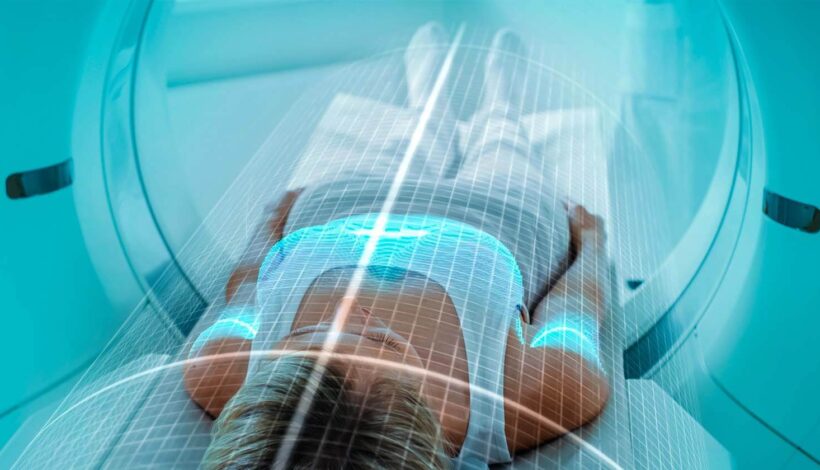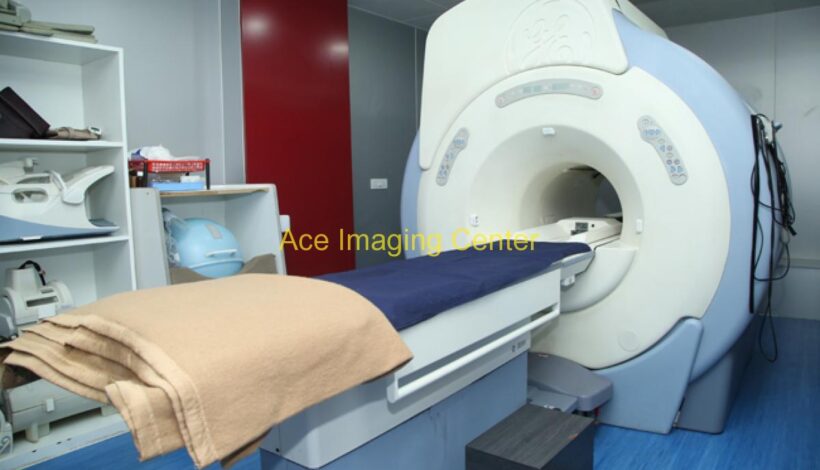Introduction: The Importance of PET Scans
In the realm of modern medicine, where precision is paramount, Positron Emission Tomography (PET) scans have emerged as a powerful diagnostic tool. These scans provide a unique window into the body, offering valuable insights into various diseases. Understanding the significance of PET scans is crucial in appreciating their role in medical diagnostics.
How PET Scans Work: Imaging Process Explained
At the heart of PET scans lies a sophisticated imaging process. Unlike conventional imaging techniques, PET scans utilize a small amount of radioactive material, typically injected into the bloodstream. As the body’s tissues absorb this material, it emits positrons—subatomic particles. The collision of positrons with electrons produces gamma rays, which are detected by the PET scanner. The collected data is then processed to generate detailed, three-dimensional images of the internal structures and functions of organs.
Diseases Detected by PET Scans: Cancer, Alzheimer’s
PET scans have proven to be instrumental in the detection and diagnosis of various diseases. In the realm of oncology, PET scans excel at identifying cancerous cells. The high metabolic activity of cancer cells makes them stand out, allowing for early and precise detection. Beyond cancer, PET scans are also utilized in the assessment of neurodegenerative diseases such as Alzheimer’s. The ability to visualize metabolic processes provides valuable information for accurate diagnosis.
Monitoring Disease Progression: Tracking Changes Over Time
One of the most significant advantages of PET scans is their utility in monitoring disease progression. In cancer treatment, PET scans enable physicians to assess the effectiveness of therapies by tracking changes in metabolic activity. This real-time feedback is invaluable for making informed decisions regarding treatment adjustments and modifications.
Advantages of PET Scans: Accuracy and Early Detection
The accuracy of PET scans is unparalleled in many scenarios. The ability to detect abnormalities at a molecular level allows for early diagnosis, often before traditional imaging methods can reveal any visible signs. This early detection not only enhances the chances of successful treatment but also minimizes the invasiveness of interventions.
Limitations and Risks: Potential Side Effects and Costs
While PET scans offer remarkable benefits, it’s essential to acknowledge their limitations and associated risks. The use of radioactive tracers poses some level of radiation exposure, although it is generally considered safe within established guidelines. Additionally, the costs associated with PET scans can be a consideration, and insurance coverage may vary.
Conclusion: Embracing the Potential of PET Scans
In conclusion, the power of PET scans lies in their ability to unveil the mysteries of the human body at a cellular level. From early detection of cancer to tracking the progression of neurodegenerative diseases, PET scans have revolutionized diagnostic medicine. As technology continues to advance, so too will the capabilities of PET imaging, offering new avenues for understanding and combating a myriad of diseases. Embracing this potential requires ongoing research, investment, and a collaborative effort within the medical community to ensure that the promise of PET scans continues to unfold for the betterment of patient care and outcome.
![]()


